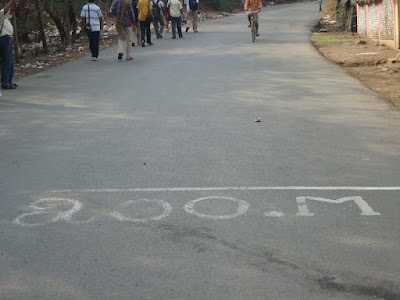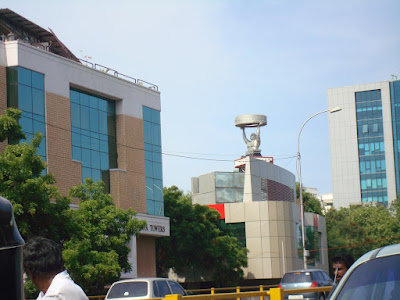In feet or metres?
Alright; I'm cheating, here. I would like to take part in the 'Theme Day', being celebrated all over the world by the CDP community, but I didn't bother to check on what the Theme for June 1 was, until last evening. By then, it was too late to find something that would stick very closely to the theme, so I decided to interpret it my way.
From atop Thirusoolam hill, one can see a few lakes formed by water collecting in the craters where granite has been quarried away. Many of these lakes are shallow, but there are a few which are really deep. Looking from the top of the hill at one such lake - I was told it is one of the deeper ones - I was thinking about the difference in height between the bottom of the lake and the top of the hill; though there is no official record, I would estimate it as being around 150 to 200 metres. Now, that is a fair distance - somewhere between 500 and 650 feet!












































